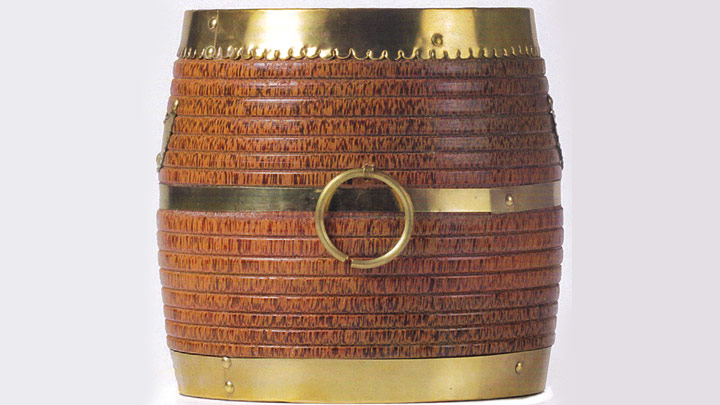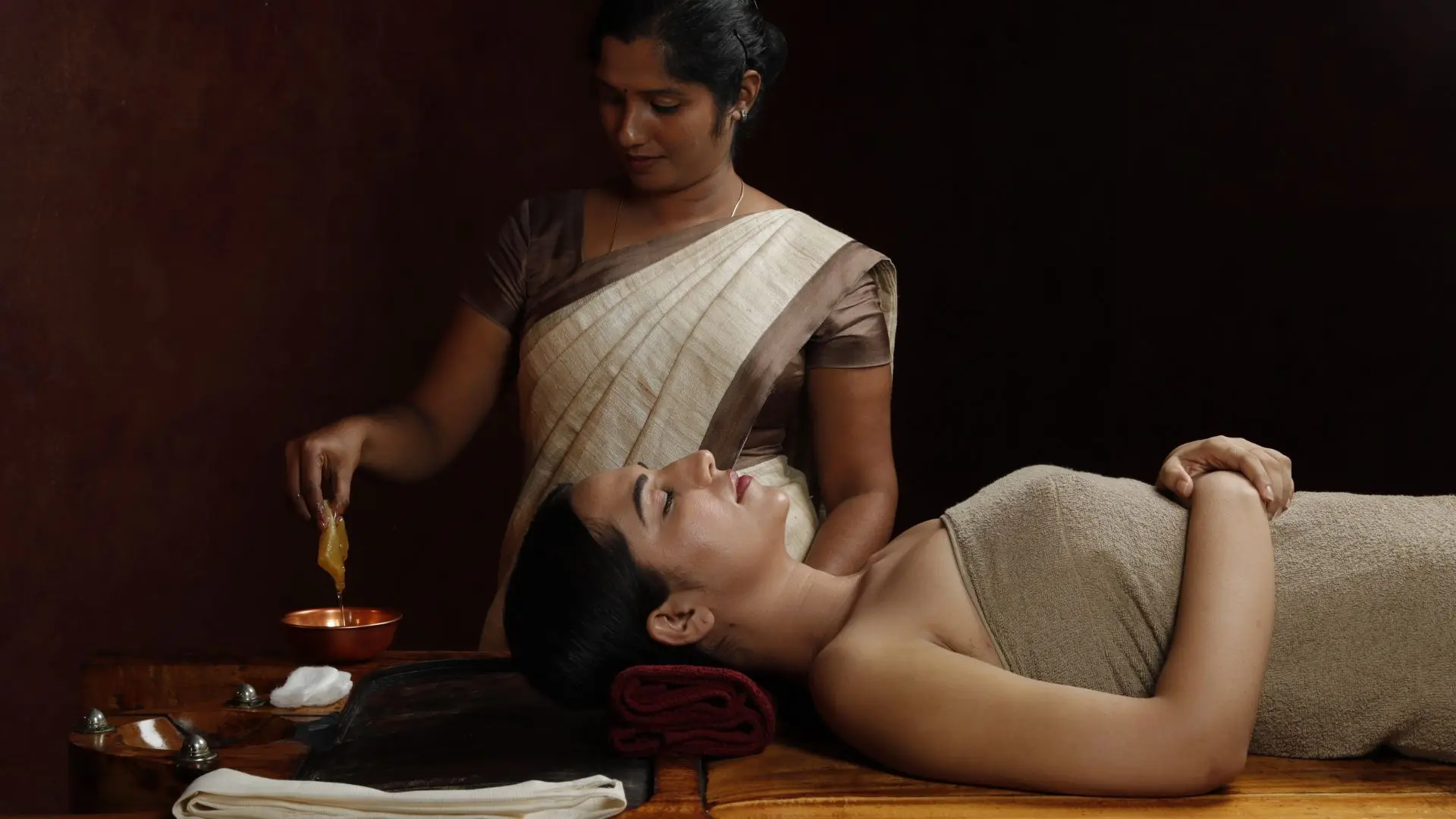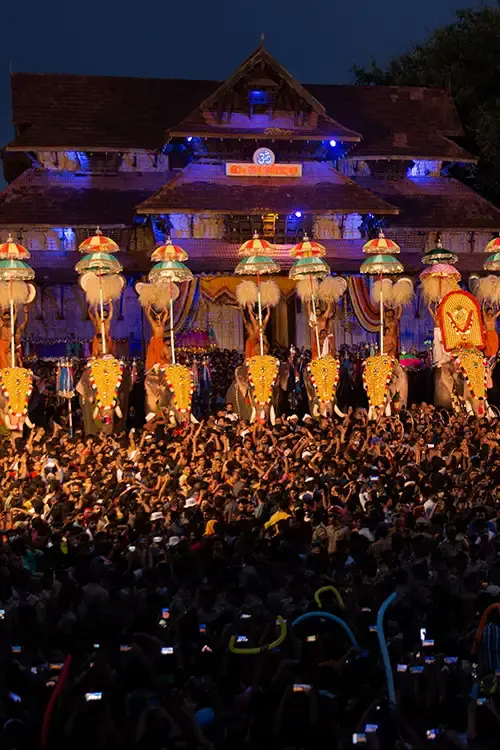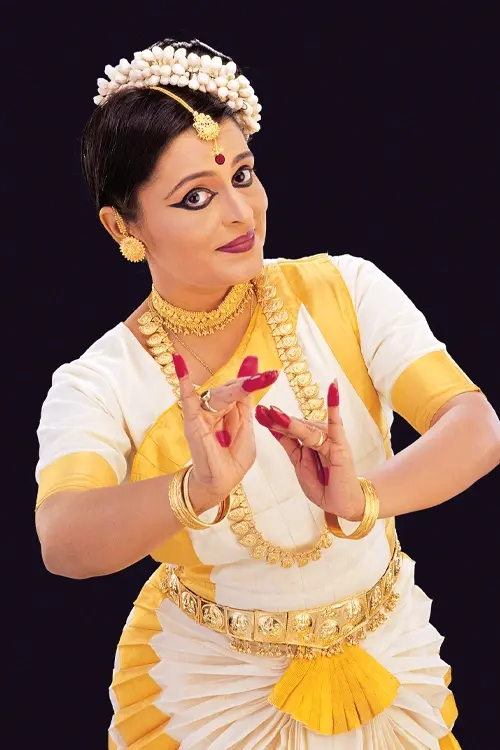Enchanting Kerala

A Measure of Prosperity
Every culture across the globe has its own set of characteristic symbols that signify or symbolise prosperity. Close observation will reveal how intimately related each of those symbols are to agrarian prosperity. The scenario in God’s Own Country is no different.
Be it in temples, homes, weddings or anywhere else for that matter, one sight you are sure to witness is that of the nelpara. Para was the traditional paddy measuring unit used in Kerala households till the advent of modern alternatives.
Another from a long list of household items from yore that keep the people of Kerala in touch with their agrarian culture, the para or nelpara as it is known today, has woven itself irrevocably into the cultural fabric of Kerala.
The nelpara is of two types. While the nirapara is used for all auspicious occasions, the vadipara is used exclusively for the purpose of measuring.
In the early days, after a good harvest season, one or more paras of rice were offered to the Gods at the local temple. This is practiced even today during festivals and other occasions especially during Onam.
The nirapara filled with husked rice and bunches of coconut tree flowers placed on top signify abundance. This sight today is an important part of all traditional and auspicious occasions in God’s Own Country.
A symbol of prosperity, miniatures of the traditional nelpara is in high demand today. These miniatures are made both in wood and brass. These days, they are much preferred and sought after, owing to the touch of elegance, grace and old world charm they lend to homes. These miniatures ooze traditional beauty and reawaken a long lost cultural legacy.






